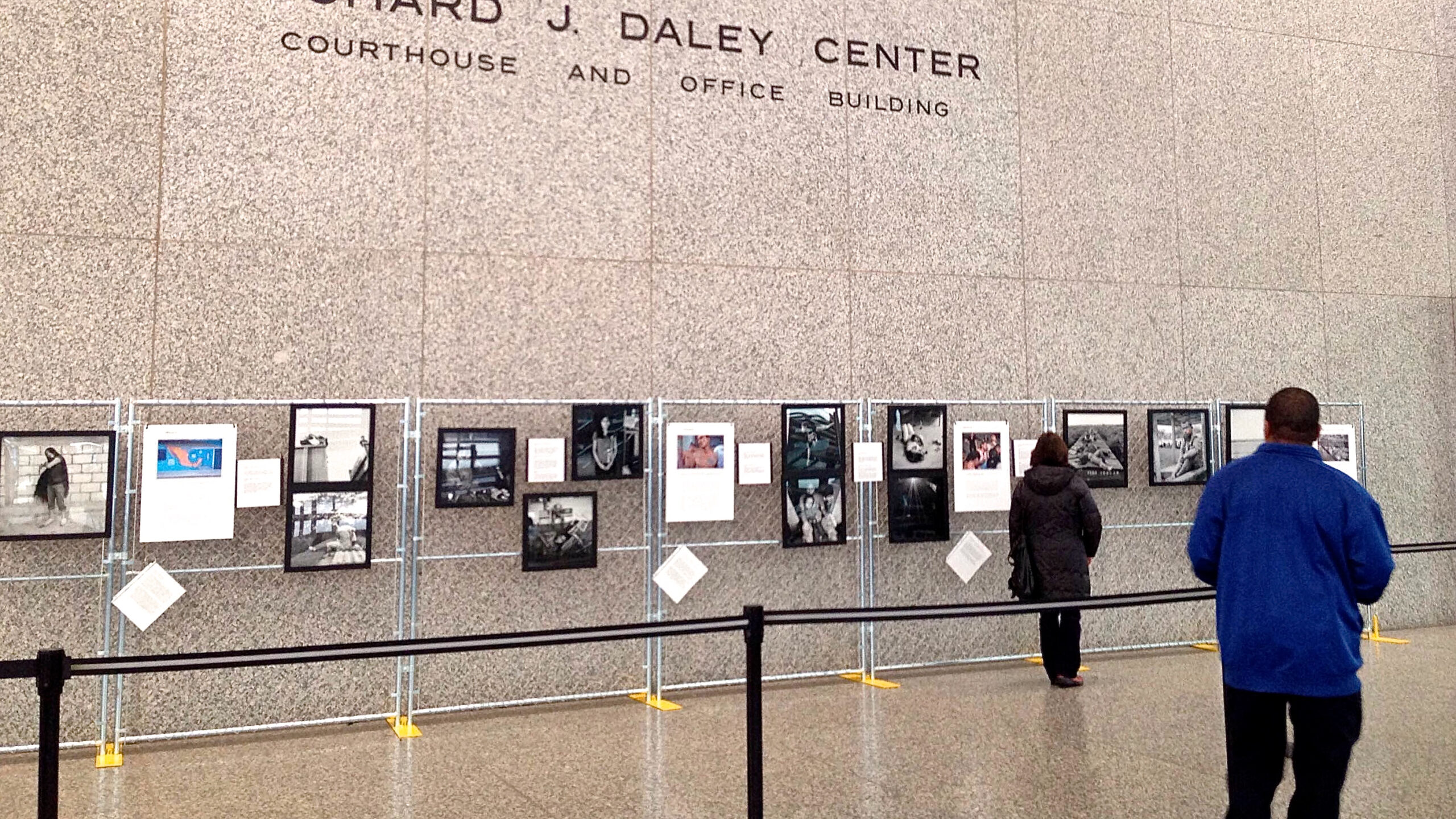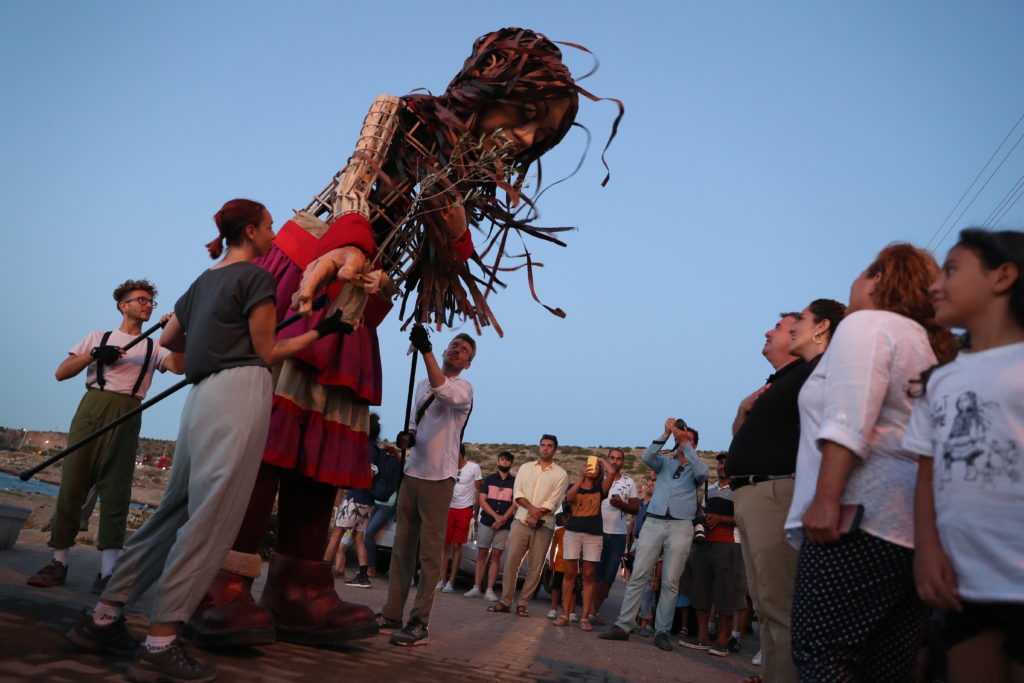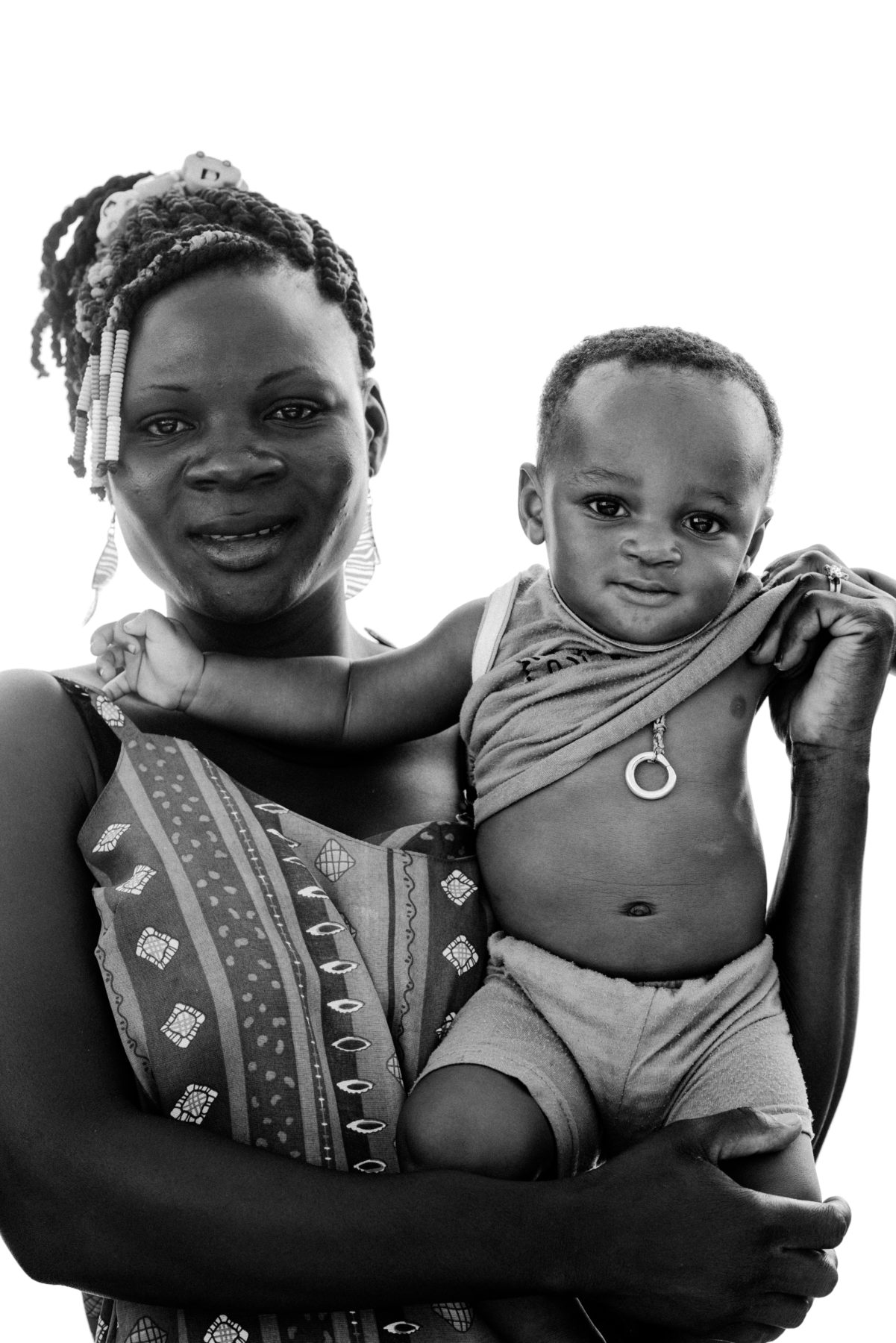Faces of the child migrant crisis
About the Project
In the 1980s, many Central Americans began migrating to the U.S. due to displacement and economic instability caused by regional civil wars, in which the U.S. government had involvement. Despite these wars ending, the economic instability remained and gang violence increased. This had led to continued migration from Central America and an influx in recent years. Between October 2020 to June 2021, approximately 75% of all stops by Customs and Border Patrol at the US-Mexico Border were unaccompanied minors from Central America. These record numbers have pressed the United States with the challenges of state and federal budgets, manpower, housing logistics, and overwhelmed legal systems processing requests for asylum. These migrants also face many challenges within the U.S. immigration system, including overcrowding and unsafe conditions at Customs and Border patrol stations, lack of legal representation, and the threat and fear of deportation. According to UNICEF, from March to November 2020, over 328,000 people were deported from the U.S. to northern Central America and Mexico including at least 13,000 unaccompanied children. As U.S. immigration policy continues to change, these children are often left to navigate this system by themselves or are deported back to Mexico or Central America. U.S. President Joe Biden has exempted children from U.S Law Title 42 which allows for the expulsion of asylum-seekers, however this often means that families are forced to leave children alone in U.S. custody or leave the country together. Overall, families should have the right to request asylum together.
This exhibit is comprised of prints by photographer Michelle Frankfurter with additional work by Dominic Bracco, Donna Decesare and Ross D. Franklin and curation by Molly Roberts. The images document the children’s dangerous travel via freight train, termed la bestia or “the beast,” which is the most common travel route for Central Americans fleeing to the United States through Mexico. This project includes portraits and stories of individual migrants – some as young as nine years old – and captures their stops in various shelters along the way. Although these photographs were taken many years ago, they reflect a crisis that is still ongoing, as children – much like those in the photographs – are still migrating to the U.S. and face similar, if not the same, challenges. These children face unimaginable challenges throughout their journey to asylum and they deserve to have their stories told. This exhibit is one way to bring attention to their stories and encourage people to take action to call for immigration reform and speak up for these children.
about the artist
Michelle Frankfurter is a documentary photographer, currently living in Takoma Park, Maryland.
bring this exhibit to you
All of our exhibitions are designed to tour and can be adapted to a broad spectrum of venue types and sizes.
We are happy to provide step-by-step support for hosting this exhibit.
Contact us to learn more about bringing this exhibit to your community.

The opening installation of Faces of the Child Migrant Crisis at the Richard Daley Civic Center in Chicago, 2014
resources & tools
Learn more about this issue and the ways that you can stay informed and get involved.
News
December 2022: Title 42, a public health law put in place during the COVID-19 pandemic that allows for migrants to be expelled without an asylum hearing, was set to expire on December 21st, however the U.S. Supreme Court ruled to keep the policy in place until the legal trial is concluded.
October 2022: The U.S. Department of Health and Human Services reported that over 130,000 migrant children entered their system in fiscal year 2022 (July 1, 2021-June 30, 2022). This was a record number with the vast majority of these children entered at the U.S.-Mexico border.
Families on the Run, UNICEF
In 2020, UNICEF published a report titled, Families on the Run, which details why families and children are fleeing northern Central America, how COVID-19 has impacted this migration, and statistics for this crisis.
The National Immigrant Justice Center
The National Immigrant Justice Center (NIJC) outlines the challenges that unaccompanied child migrants face within the U.S. immigration system, bringing more awareness to this crisis.
Stats
Amnesty International has complied facts and figures regarding migration from Central America and Mexico, some key stats are listed below.
- Almost 30% of all migrants and asylum-seekers in Central America and Mexico are children.
- Half (15%) of these migrants and asylum seekers in Central America and Mexico are unaccompanied minors
How to Help
UNICEF USA has a page dedicated to how to help children from Central America who have migrated to the United States.
support for this project
Faces of the Child Migrant Crisis was produced in partnership with HumanEYES.


